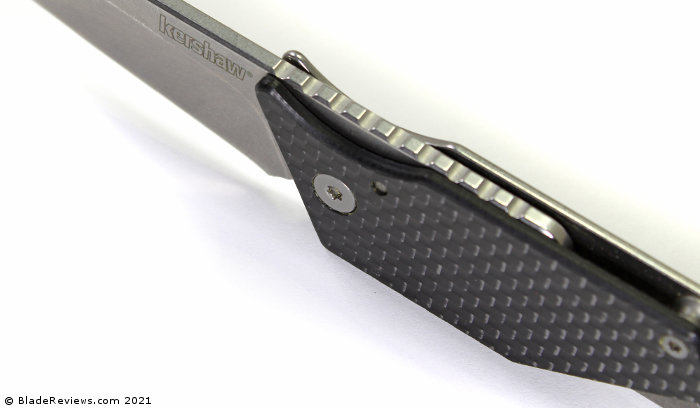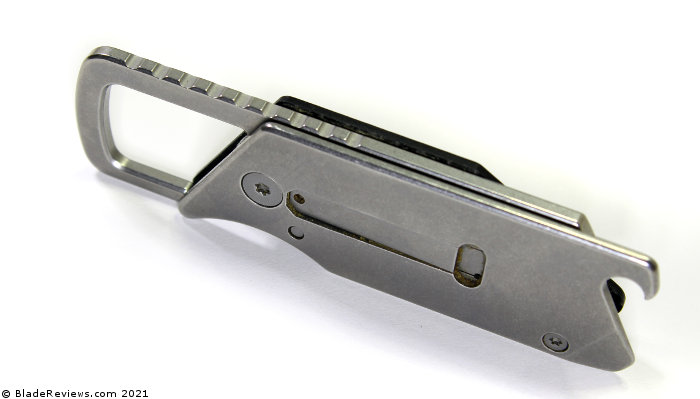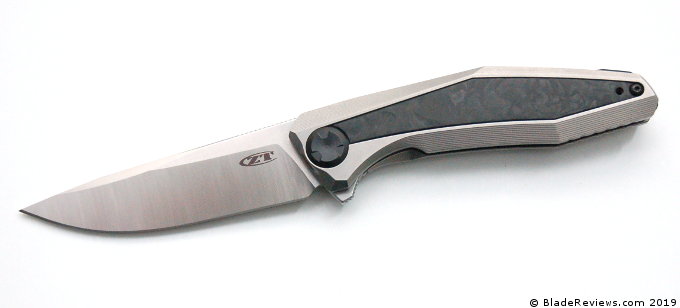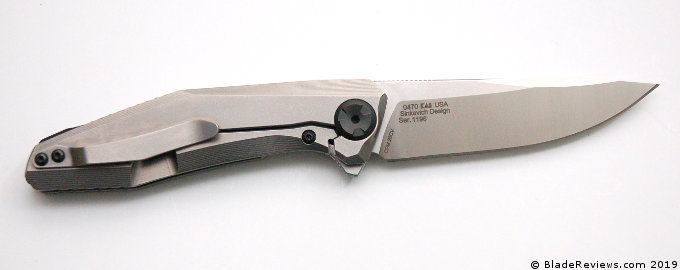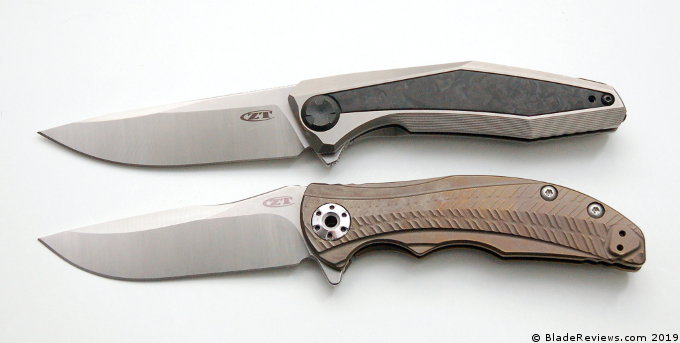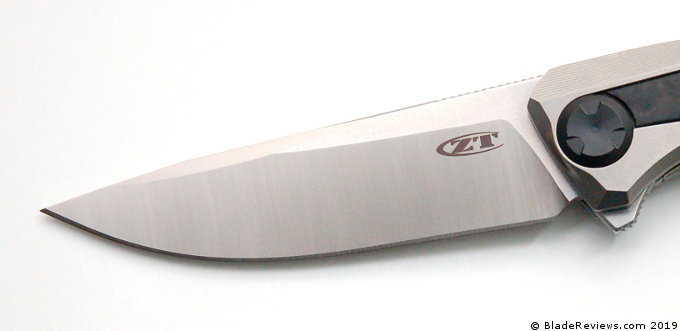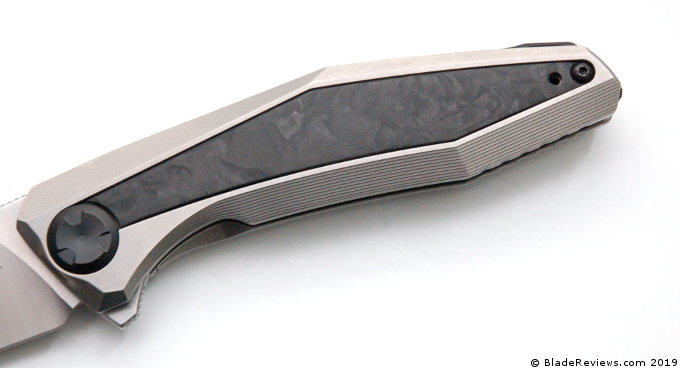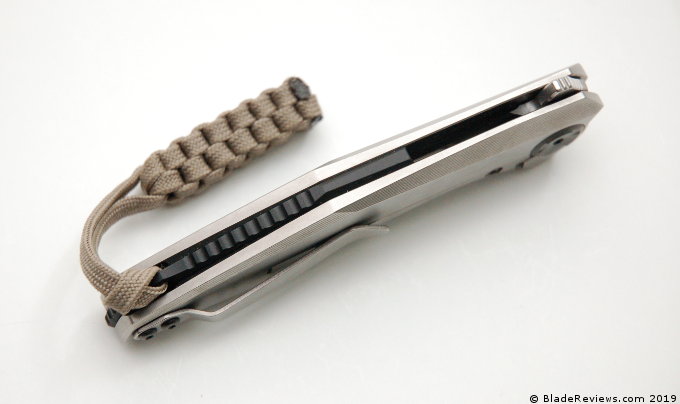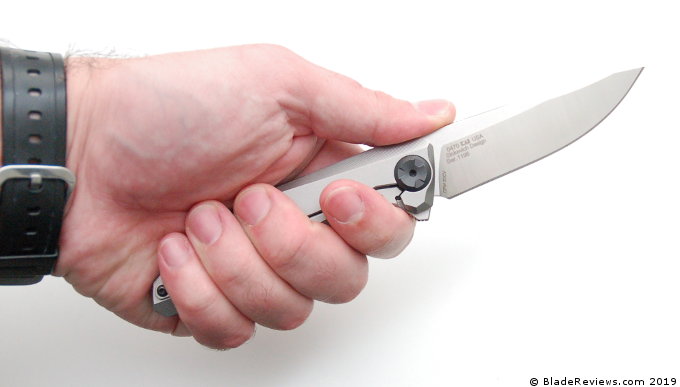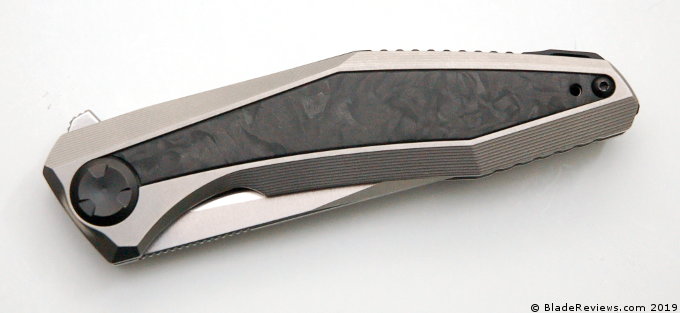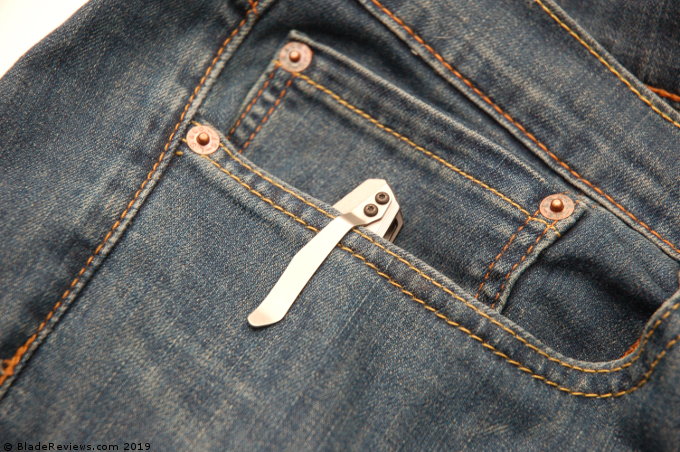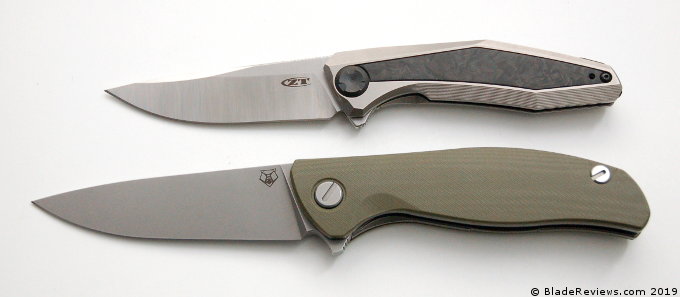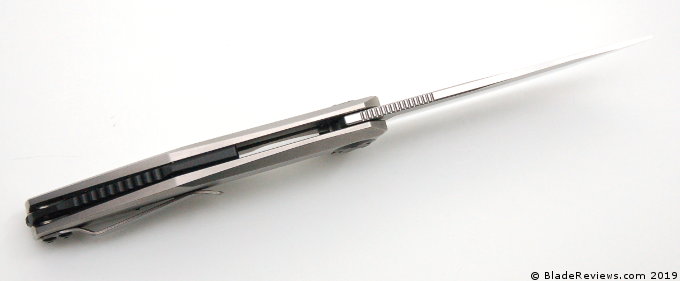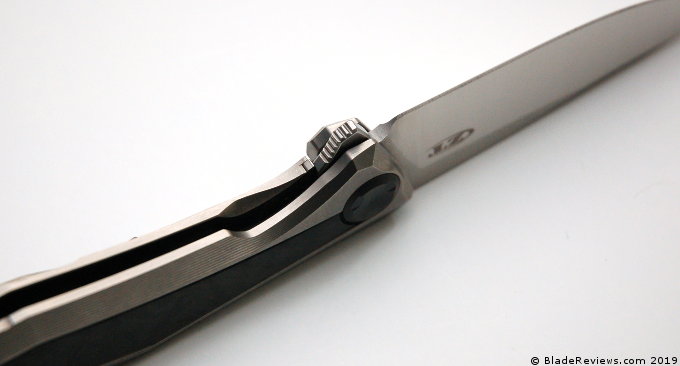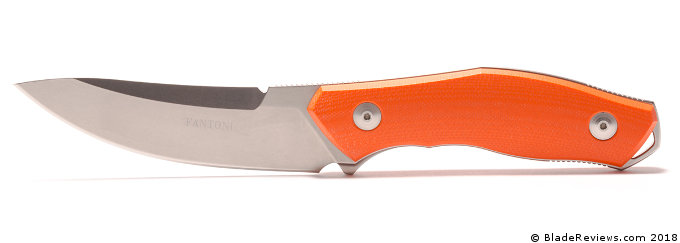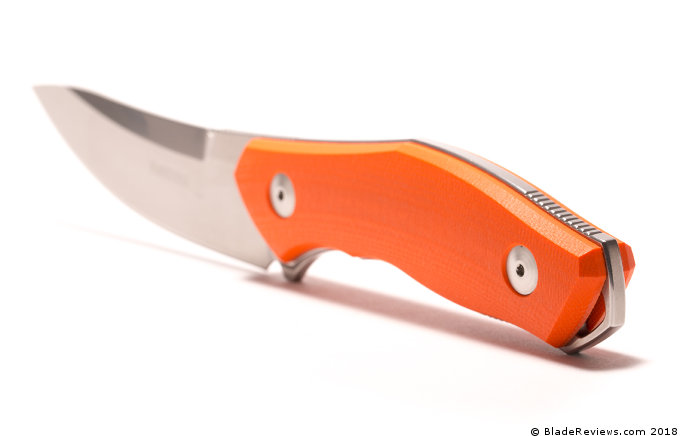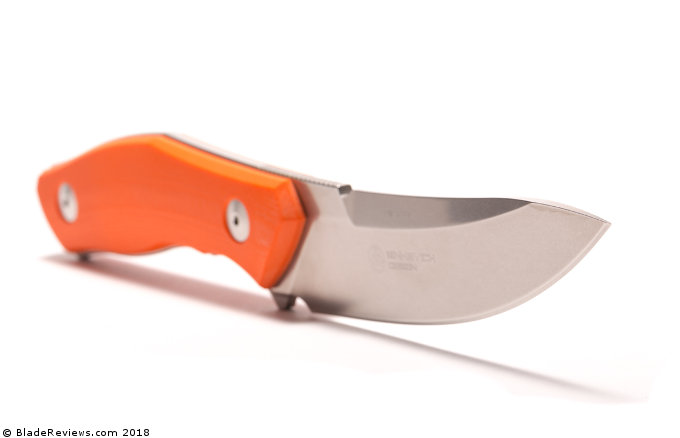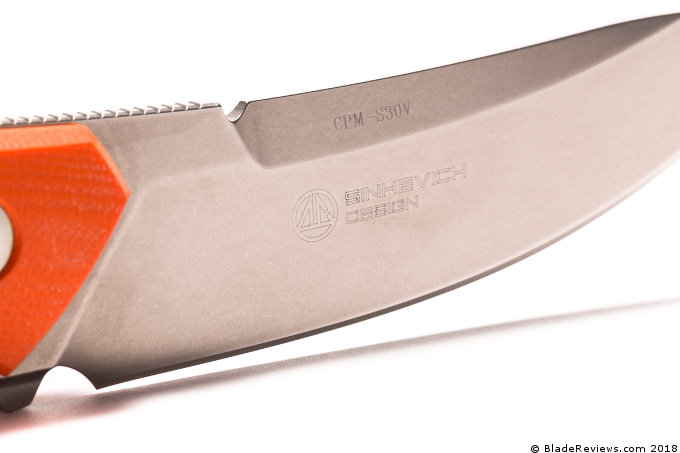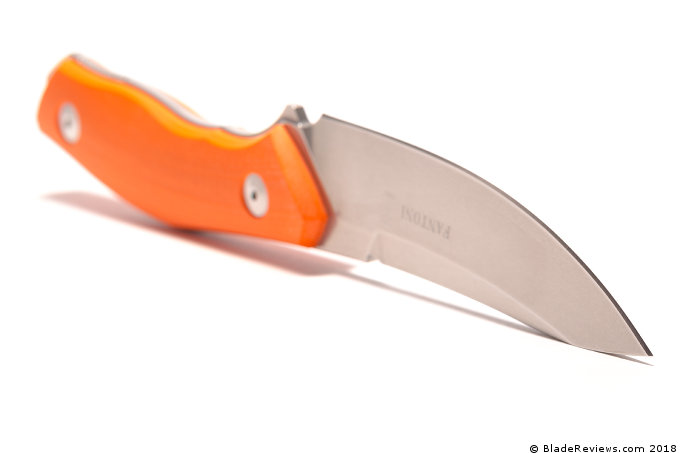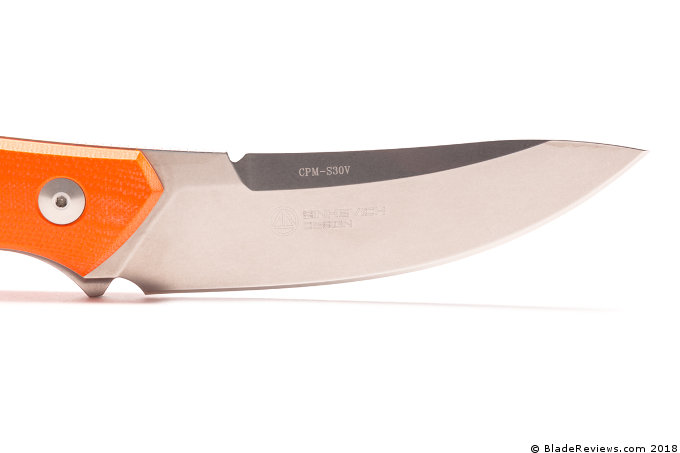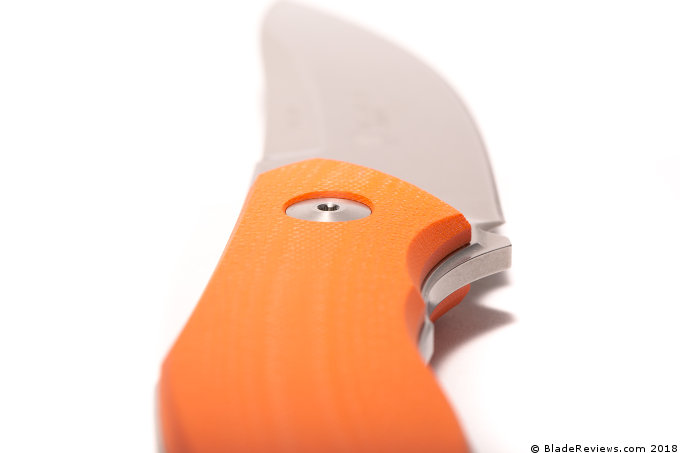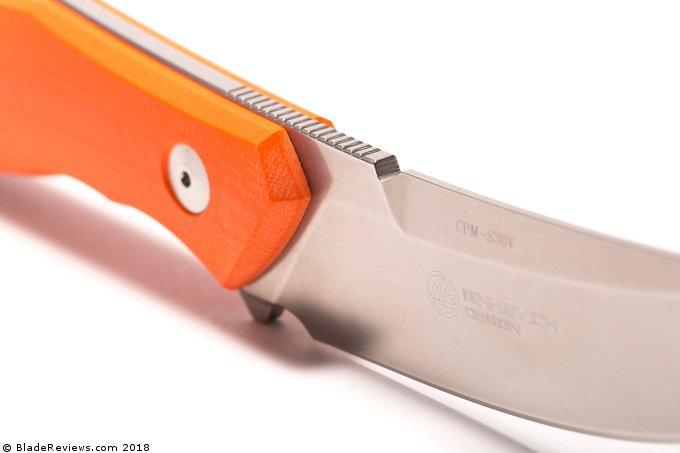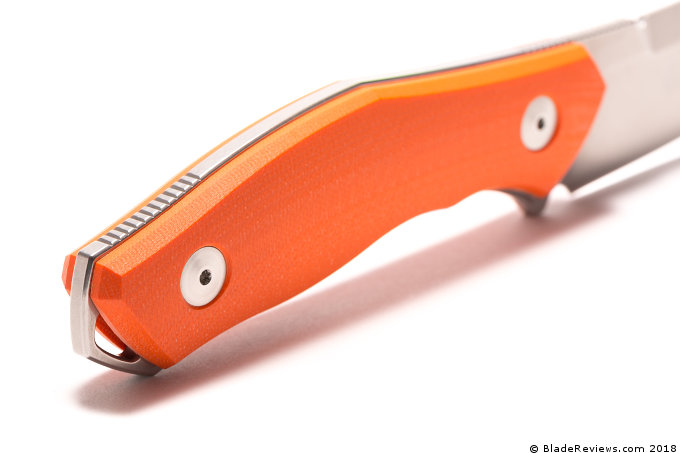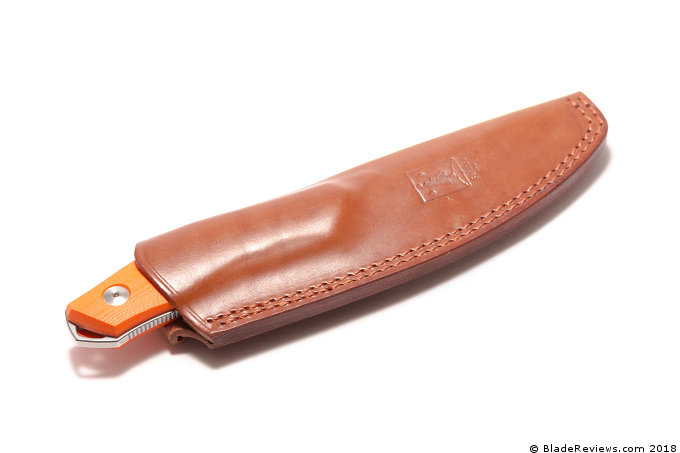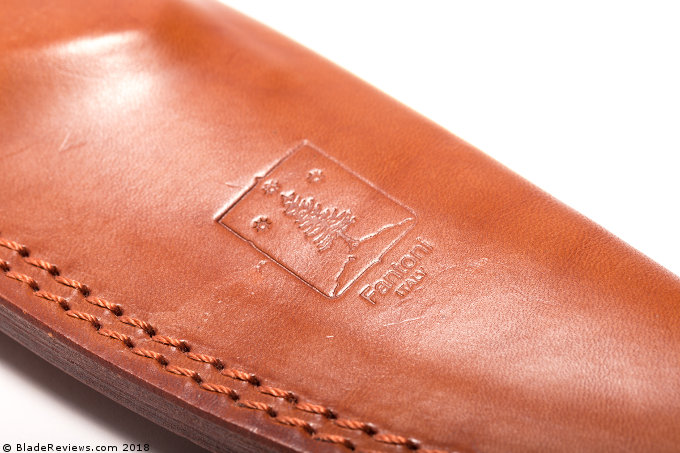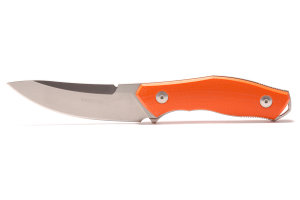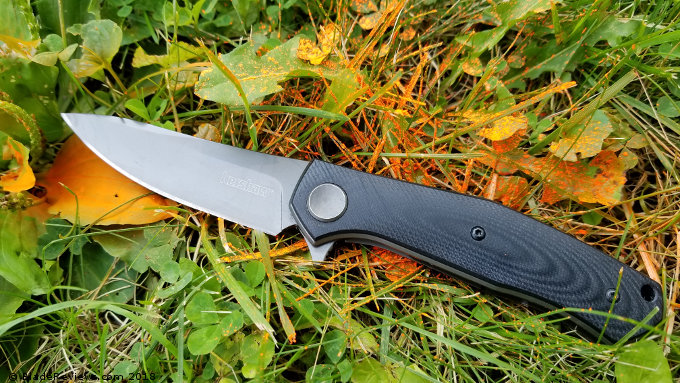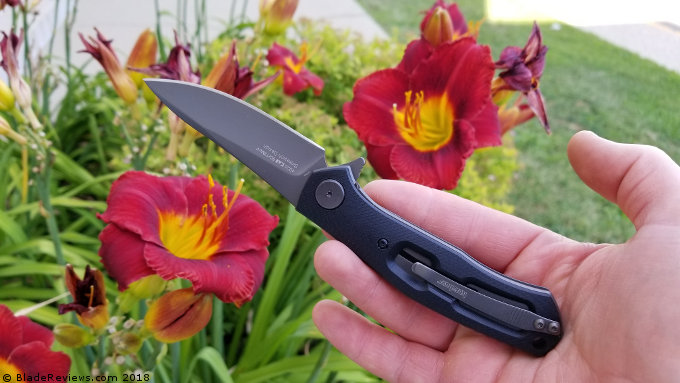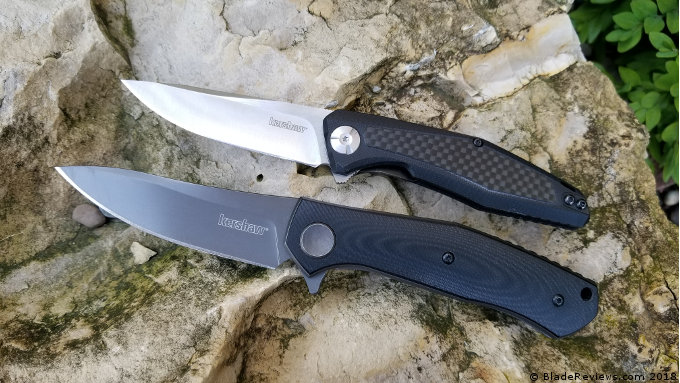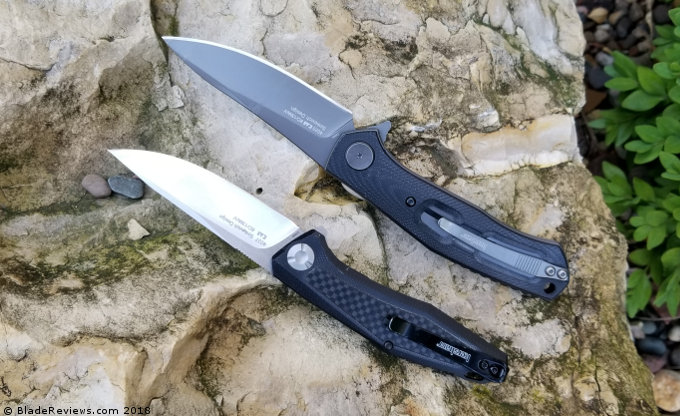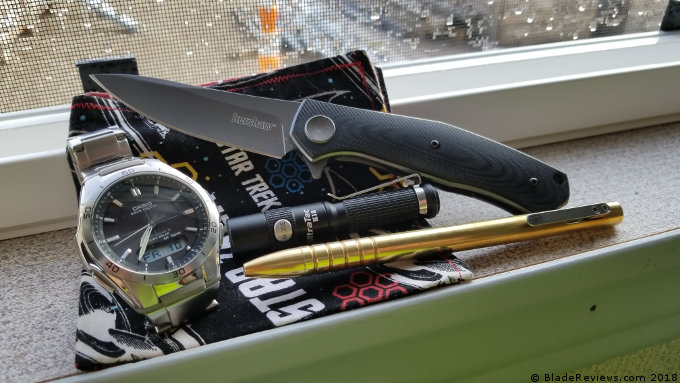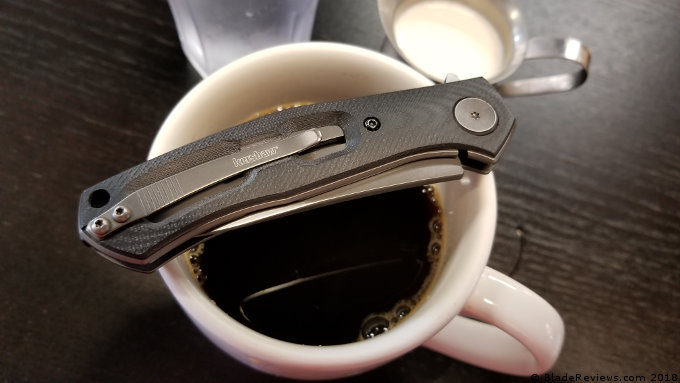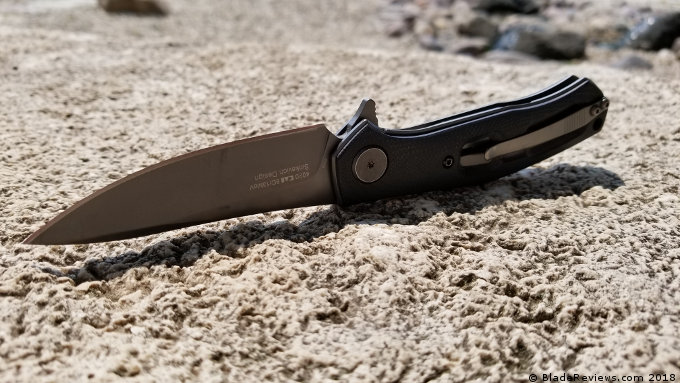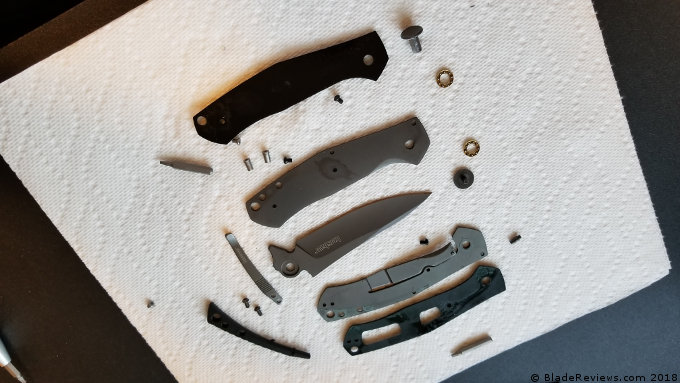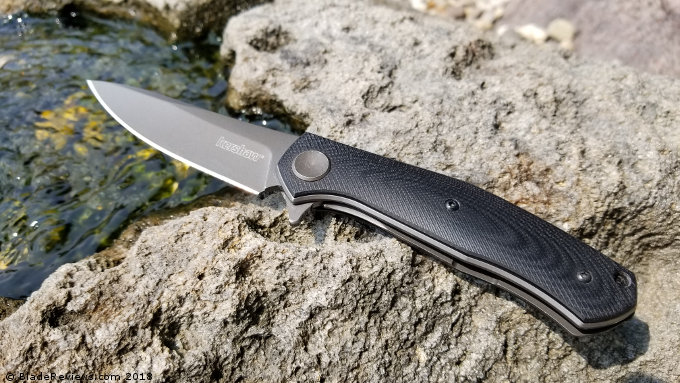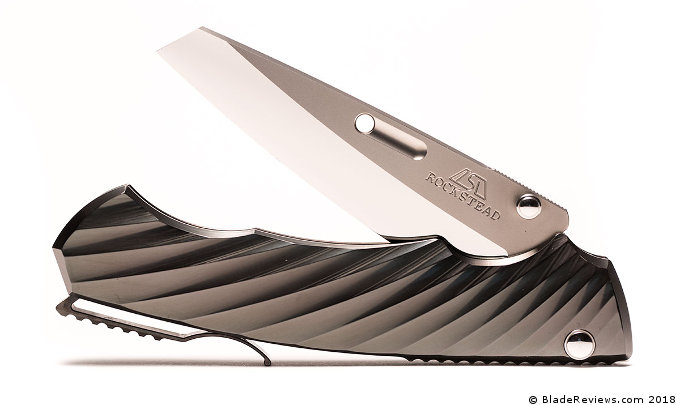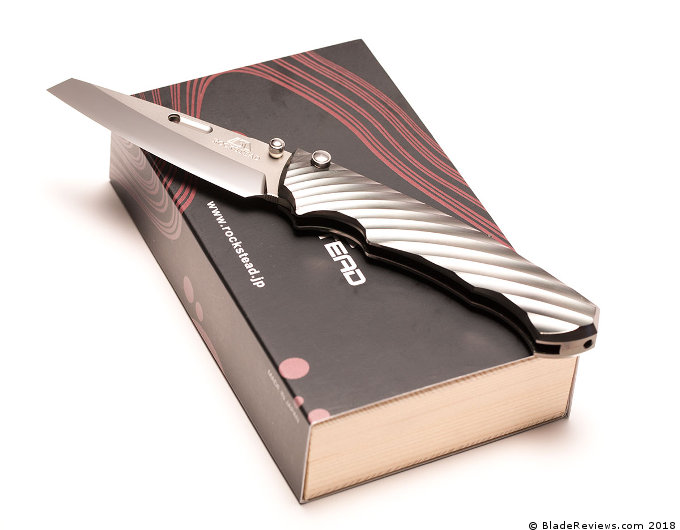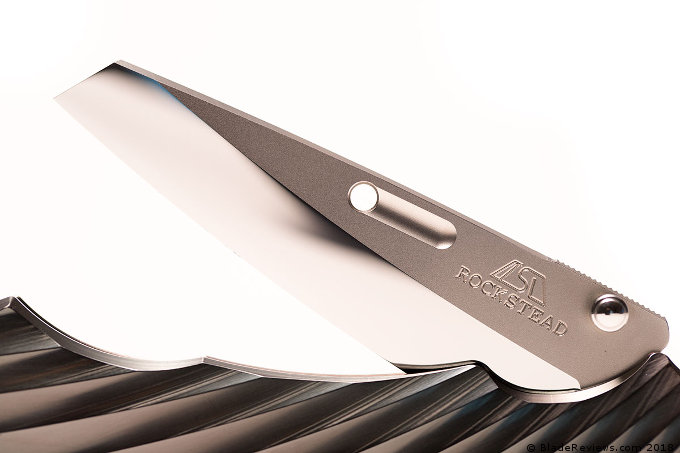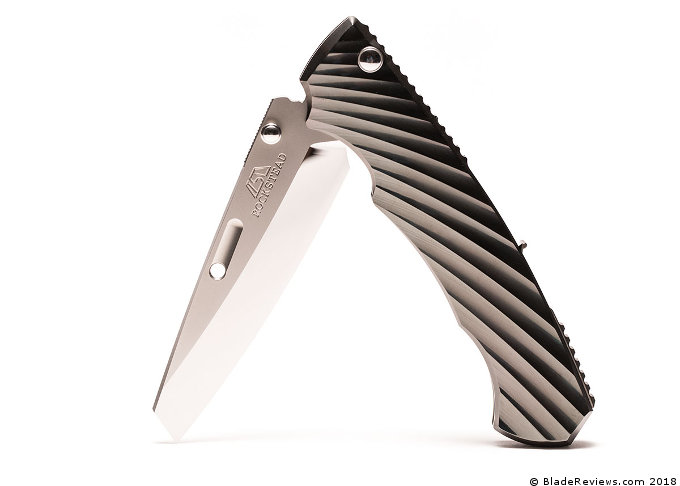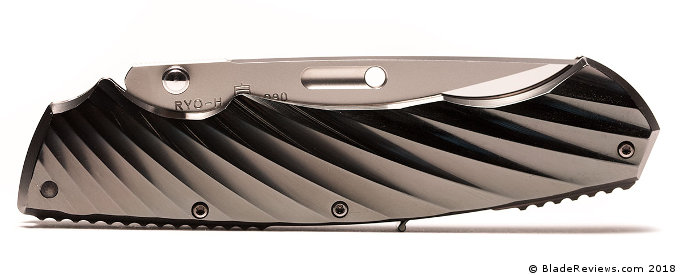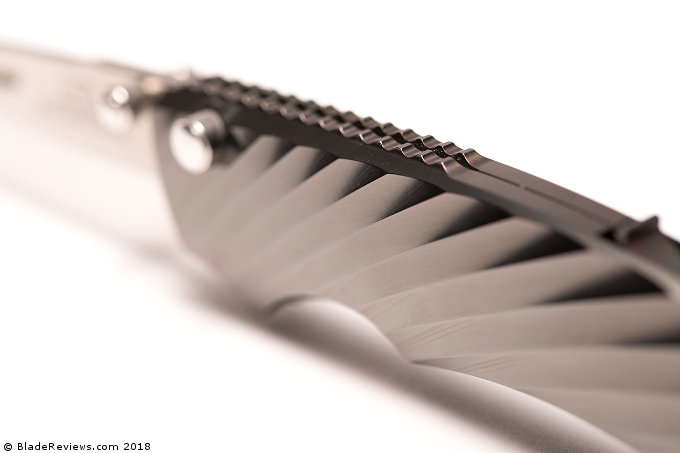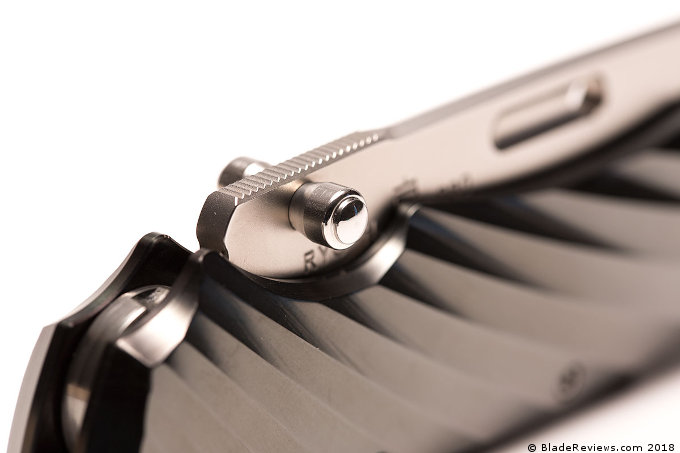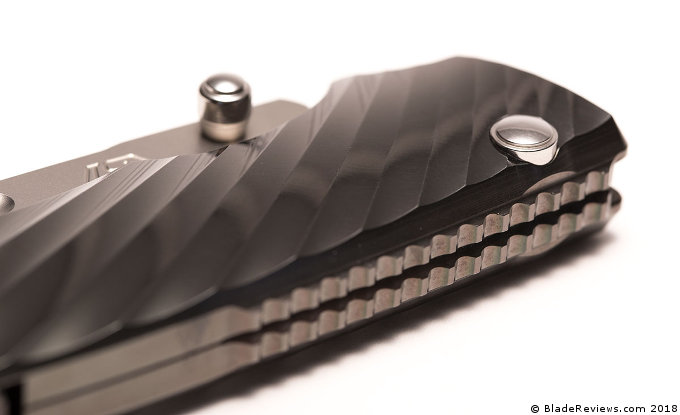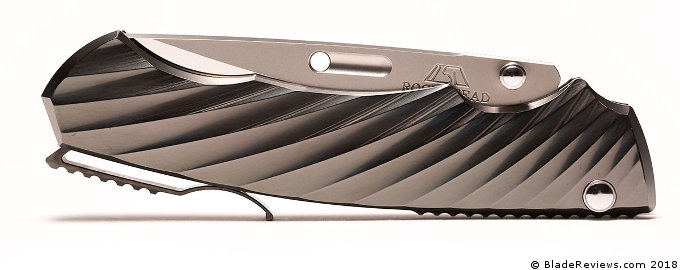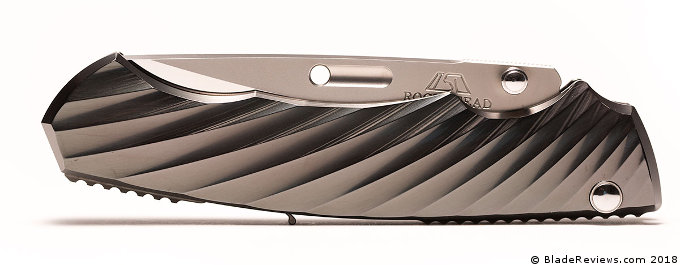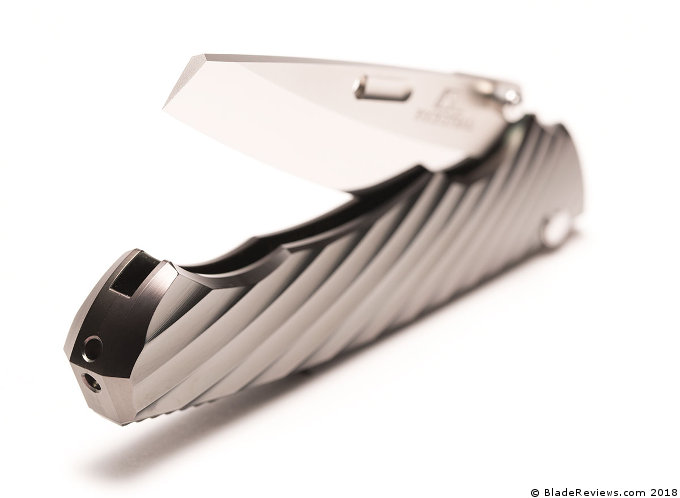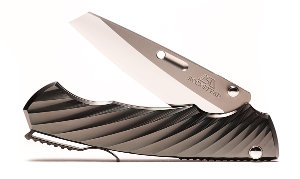Well, it’s finally happened: After several years of buying almost all of the models I really wanted, my knife purchases are slowing down dramatically. (Heretical, I know, but bear with me.) Today, I have a drawer full of knives with great ergonomics, good steel, and excellent blade shapes for particular tasks. I also have several knives that deliver superb combinations of those qualities at tremendous value. Recently, I’ve read glowing reviews for knives like the Civivi Ortis and Kershaw Link, but I’ve yet to bite on a purchase. I’ll sometimes ask myself, “How different are these from what I already have and am already comfortable with?” It’s a question that has chilled many an impulse buy.
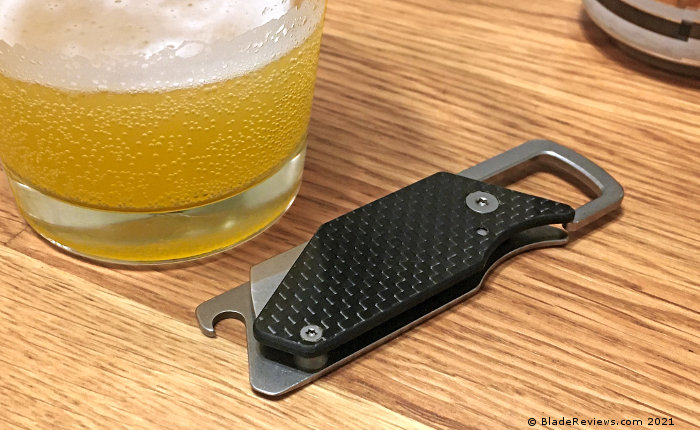
Buy the Kershaw Pub at BladeHQ
Buy on Amazon
Let’s come at this from another direction: I imagine that a lot of you are like me in that you know how to cook a steak or make a martini just the way you like it. And if so, you’ll understand why it’s hard for me to go out to a restaurant and pay top dollar to get something more or less equivalent to what I have at home. Instead, I’m attracted to bizarro cocktails and esoteric ingredients when I eat out.
By the same logic, If I do buy a new knife, I’m drawn to designs that offer me something I’ve never seen before. I won’t necessarily say that I’m jaded, or even that I’m picky, but there’s something about a knife like the Kershaw Pub that makes me smile. And let me tell you, it’s all the more thrilling when a product like this turns out to be more than just mere novelty.
General Dimensions and Blade Details
In the hand, the first thing you’ll likely notice about the Dmitri Sinkevich-designed Kershaw Pub is that it’s light and flat. There’s not much bulk at 1.87oz, and the knife is only about 5/16” thick. Laterally, the Pub sits about 1” wide and just a touch over 3.5” long. Here it is between two industry stalwarts: the Spyderco PM2 and the Ontario Rat II.
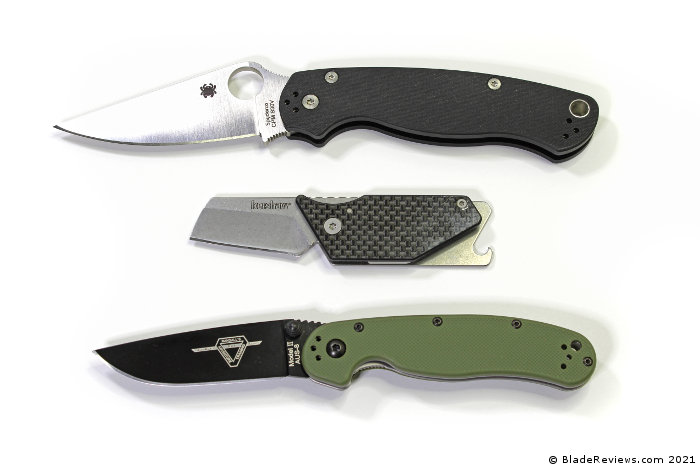
About that blade—Boy, howdy—this thing slices all out of proportion to its lilliputian size. With a hollow grind that begins to narrow aggressively starting a quarter inch or so from the spine, the Kershaw Pub is like a miniature straight razor in the hand. While this wouldn’t be my choice for breaking down boxes, opening them is stupid easy with the Pub in hand.
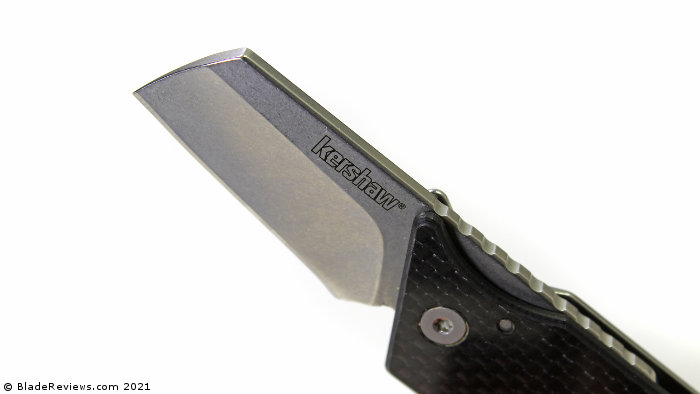
Blade steel is 8Cr13MoV. 8Cr13MoV is an inexpensive Chinese steel. It easily takes an edge and holds it for a decent amount of time. All in all, this is serviceable steel that fits the sub $30 price point.
In addition to the blade, you get a flathead screwdriver and a bottle opener. Both are certainly better to have than nothing.
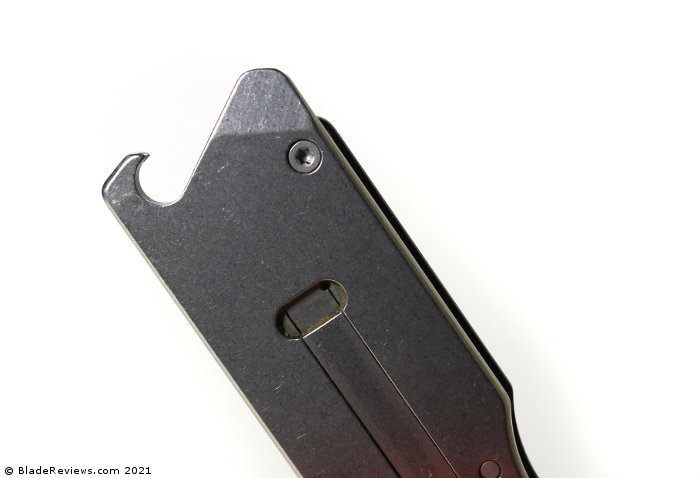
That said, in almost all cases it’s better to use a screwdriver that actually fits the slot of what you’re working with. This isn’t what I’d use to disassemble Grandpa’s heirloom-grade Winchester rifle. As for the bottle opener, it certainly works, but not nearly as well as whatever you have laying around your home bar.
Handle, Ergonomics, and Carry Options
The Pub follows the Kershaw playbook of having the scale material on the “show” side and leaving the other face stainless. The only real texturing is along the spine of the blade, which I think is unnecessary for the light use the Pub is designed for. This is not going to be the first thing you reach for when you need to split a cord of firewood.
Kershaw has a few options for the scale material, including a blue anodized version, a black G10 model, and the carbon fiber pictured here. The upgrade to the carbon fiber was a whole four dollars, so I was happy to pay it.
Ergonomically, and let’s be honest, the Pub is not going to amaze. For nearly everything you’d want to do with this knife, you’re going to most probably settle into a pinch grip with the thumb resting along the flat of the handle. That’s more than enough purchase to accomplish the normal gamut of opening boxes, letters, tape seams, and various kinds of scraping tasks.
While there’s a scallop on the frame that one might suspect is intended to work as a finger groove, it’s (curiously) on the wrong side. Open the blade and it’ll now be filled by the spine of the knife. If the Pub had a more pronounced cutout for the index finger on the opposite side, it might be better adapted for more vigorous push cuts through thicker material. Without this feature, it seems a little slippery for me to entrust it to anything more serious than light office and household tasks.
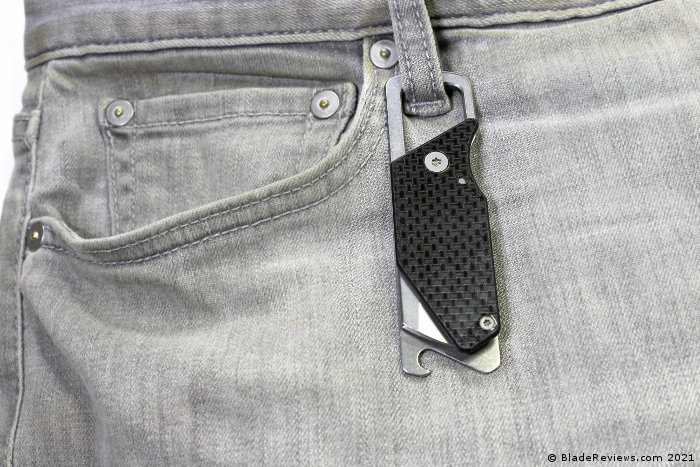
As you’ll note, there’s no pocket clip here. In transitioning from the open to the the closed position, the rear portion of the Pub’s blade can be hooked around a belt loop, key ring, or carabiner in order to stay put on the move. A handy touch.
Deployment and Lockup
I would imagine most people who see the Kershaw Pub for the first time engage in a fair bit of mental gymnastics as they try to figure out how it works. I certainly did. Until you get the knife in your hands, it’s not wholly apparent from most product shots as to how it transforms from a weird keychain looking thing to a tiny, futuristic wharncliffe.
In essence, the Pub is foldable metal origami. With this non-locking friction folder, the user simply rotates the blade to overcome the detent, which will then hold the blade in the open position after 180 degrees of travel. That’s all there is to it. Just a pivot and some clever angles.
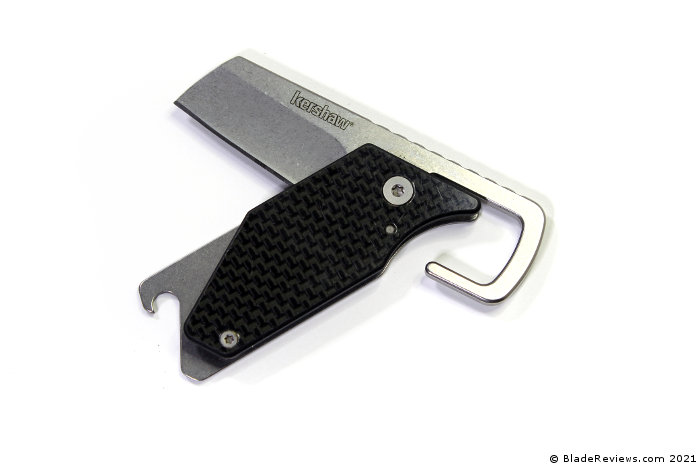
Can you deploy this one-handed? It’s slow and awkward as all get-out, but possible. Most sane people will use their weak hand to grasp the body and their strong hand to pivot the blade out and around. It’s actually easier to close the knife one-handed by holding it upside-down with the strong hand and pushing the spine of the blade against your leg or whatever other surface is handy.
I did have some gripes with the construction. The blade is secured by two opposing pairs of T8 screws that really, really want to back out from one another. I’m not a guy who likes to disassemble knives unless they’re not functioning correctly, so I’m constantly re-tightening my screws to get the detent into that “goldilocks” spot of being neither too stiff nor too loose. Those who really want to throw their Kershaw Pub on a belt loop for a mountain biking trip would be advised to grab some Loctite, assuming my problem is representative of all Pubs.
On a harder-use knife, I’d be a little more concerned about a design that could theoretically shake itself apart, but considering the use and price this isn’t something I’m going to lose sleep over.
Kershaw Pub Review – Final Thoughts
Is there such a thing as “house” EDC? When I get home at the end of the day, I dump my pocket contents: keys, phone, wallet, and whatever other gear I decided to pack. However, there are a lot of days where the Pub doesn’t get thrown into a drawer, but instead stays in the pocket—I like having a usable utility blade on me without any consideration of bulk or weight.
Beyond that degree of everyday performance, I like what the Pub represents: a “budget” knife that doesn’t cost a lot simply because it’s, well… simple. The budget category is often populated by a lot of knives each trying to give you the biggest blade with the strongest construction and the best metal that price will allow. That’s been a real boon for consumers as a whole, don’t get me wrong, but it’s refreshing to fiddle with a knife that’s running in a completely different race. Based on what Kershaw and Sinkevich have given us with the Pub, I’d love to see more products like it.
- MULTIFUNCTION POCKET KNIFE: Featuring a bottle opener, screwdriver, pry bar and key chain attachment, the Kershaw Pub Pocket Knife is an ideal everyday carry knife.
- STAINLESS STEEL 1.6" BLADE: Made with high-performance 8Cr13MoV stainless steel blade, the Pub offers excellent corrosion resistance, sharpening ease and toughness. Stonewash coating provides additional protection.
- CARBON FIBER HANDLE: The carbon fiber handle is designed for function and comfort, providing a secure grip during any task. Textured material adds stability.
- MANUAL OPENING mechanism offers quick and easy access with simple, one-handed opening. Open and close carefully as you access the blade and other tools.
- ATTRACTIVE, INDUSTRIAL DESIGN: Stainless steel design and stonewash coating helps hide scratches, making the knife look cleaner longer. This EDC knife is sure to turn heads wherever you go.
Editor: I recommend purchasing the Kershaw Pub at BladeHQ or Amazon. Thank you for reading.
